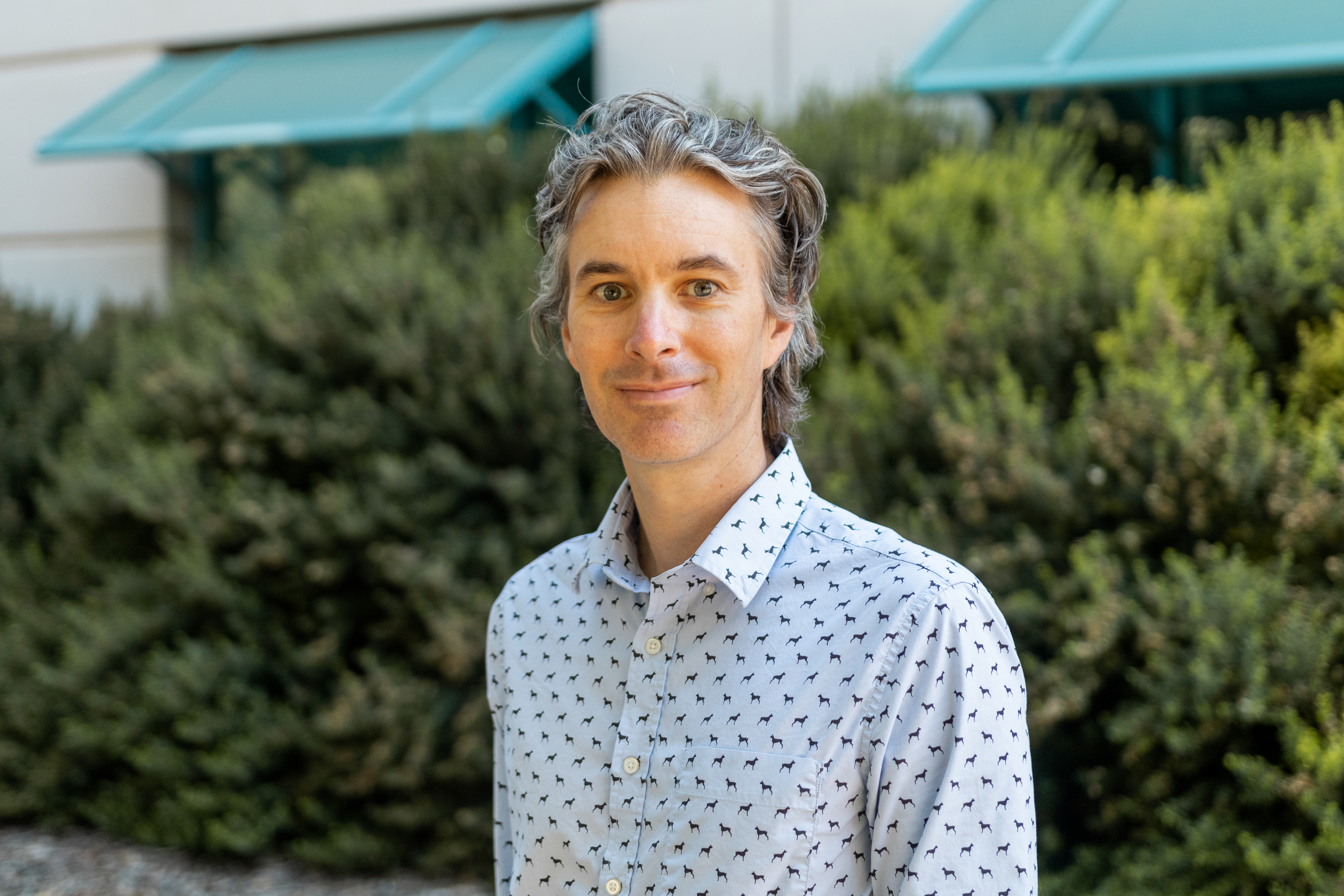Chris Cappa: Poised for TRACER
Published: 5 March 2021
A researcher will bring new ways of measuring aerosol water uptake to a coming ARM campaign

When the sun radiates waves of electromagnetic energy to Earth, about one-fifth is absorbed by clouds and the atmosphere.
That fraction of radiative energy is what captivates Chris Cappa, a professor and department chair in civil and environmental engineering at the University of California, Davis. His research group studies how particles within the atmosphere are mixed and internally organized in ways that affect their ability to absorb or scatter sunlight.
Lately, the Cappa team is investigating water’s role in how much sunlight a particle absorbs, in part by using data from round-the-clock observatories run by the Atmospheric Radiation Measurement (ARM) user facility. But adding water to absorption studies presents a measurement challenge because it requires factoring high humidity into dry-measurement protocols.
Cappa and others have addressed this hurdle by combining two familiar technologies and then adding temperature and humidity controls. Their novel device will get its first tryout in the field during the TRacking Aerosol Convection interactions ExpeRiment (TRACER). This yearlong ARM campaign is scheduled to begin October 1, 2021, in the Houston, Texas, area.
Learn about Cappa and his work in this scientist profile on the Atmospheric System Research (ASR) website.
Keep up with the Atmospheric Observer
Updates on ARM news, events, and opportunities delivered to your inbox
ARM User Profile
ARM welcomes users from all institutions and nations. A free ARM user account is needed to access ARM data.


















